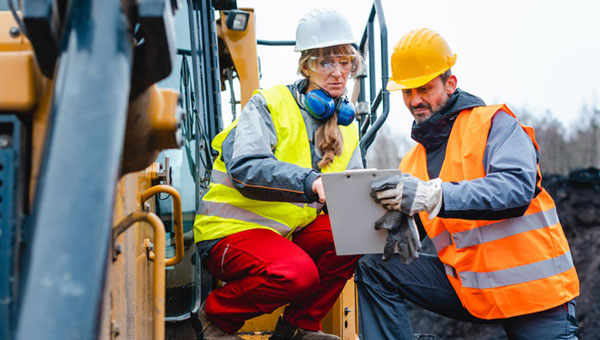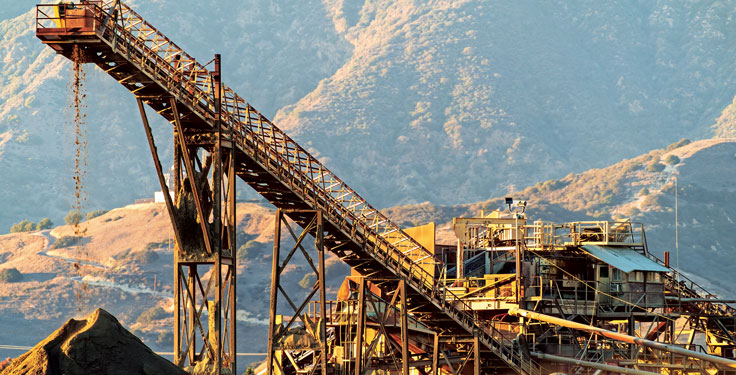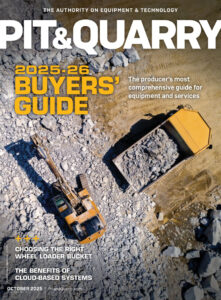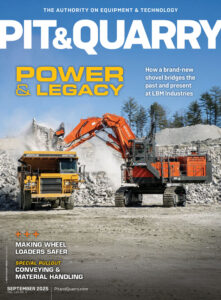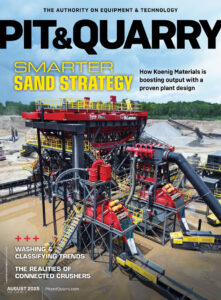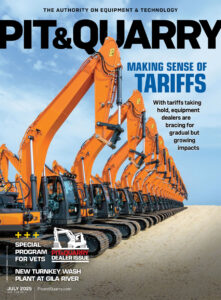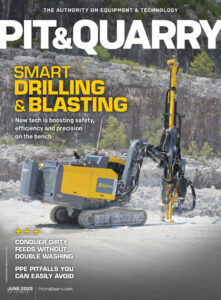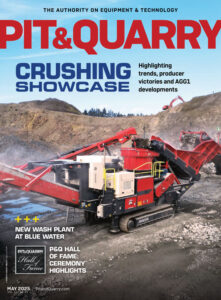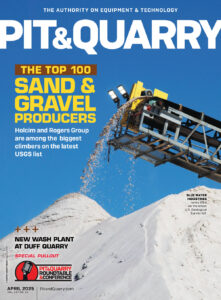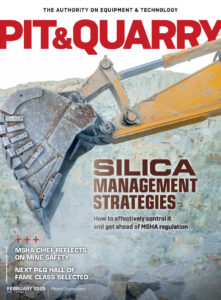

It cannot be overstated that when it comes to safety, the small things you do can make the critical difference between having a normal day and a day you wish you never had.
When working on accident investigations, we often find there was not just one factor that contributed to the accident. Instead, more than one thing went wrong in the critical chain of events.
Any one of these going a different way could have prevented the accident. More often than not, one or more of those occurrences is something you might have considered to be a “small thing” prior to the accident. It was easy to do or not do, but it was also easy to overlook.
Here’s an example from life outside of work: How many of us with children have had our small child dart into the path of oncoming traffic when we assumed they would stay by us as we momentarily let go of their hand?
This happened to one of this article’s authors. Fortunately, the worst was averted because the driver hit the brakes just in time. But it was a heart-stopping moment, and you can be sure it never happened again.
Taking a moment to clasp a hand, look both ways before crossing, watch where you step so you don’t fall down the stairs – these are things we can do in our everyday lives that are simple, yet they can be critical. There are many examples of this at work.
Critical oversights
Sometimes, verbal communication can fail to adequately convey the pivotal message that there is a potential safety issue at hand.
For instance, a miner may speak with a foreman in the breakroom about how they were going to approach a task. The miner was not quite sure he would have the right tools in good enough condition, but he did not come right out and say it. He only seemed reluctant to get started.
The foreman, meanwhile, was focused on getting the work lined out quickly and not really taking the time to think about what the miner might not be saying. If he had, he would have picked up on what really was wrong with what the miner was about to do. If the foreman had slowed down and asked some questions, he might have gotten a clearer picture.
Conversation is often such a quick, small thing, but active listening is the key. A careful foreman will try to make time to look at the jobsite with the miner and talk through how he is going to do the task.
Two things we emphasize in the training we do for supervisors are the importance of follow-up and not making assumptions. These can be related concepts.
Giving someone direction to do something that is important for safety is one thing. But taking the time to check in and make sure it was done properly is the kind of follow-up that provides assurance. It does not rely on an assumption that all is well.
That kind of follow-up both serves to emphasize to others the importance the supervisor places on their safety – he took the time to check on things – and it also provides redundancy. Not one, but two people are taking responsibility to be sure the safety measure is in place.
This level of follow-up is not needed for everything. But when there is a real possibility that it could be wrong to assume conditions are good, then follow-up can be the essential small thing that prevents the worst from occurring.
Follow-up related to documentation is also so important. Taking care to properly complete required records is a prime example. It is too easy to skip steps when filling out workplace exams or pre-operation inspections in order to get work underway. Although this may seem like just paperwork to some, these records serve an important safety function to report hazards that need attention.
The same is true when it comes to Mine Safety & Health Administration (MSHA)-required training records. MSHA’s standards in 30 C.F.R. Part 46 provide considerable detail on what needs to be included in a training record. This ensures the proper level of training was provided in a timely manner. Such clarity makes it relatively easy to ensure compliance, but because so much is required in every record, it is also easy to make a mistake.
Taking a few extra minutes to check the record as you go about completing it can catch these errors before they create a much more complicated situation.
Bill Doran and Margo Lopez are with the national labor, employment and safety law firm Ogletree Deakins. They can be reached at william.doran@ogletree.com and margaret.lopez@ogletree.com.
Previous Column: What’s next for MSHA amid government dismantlement

